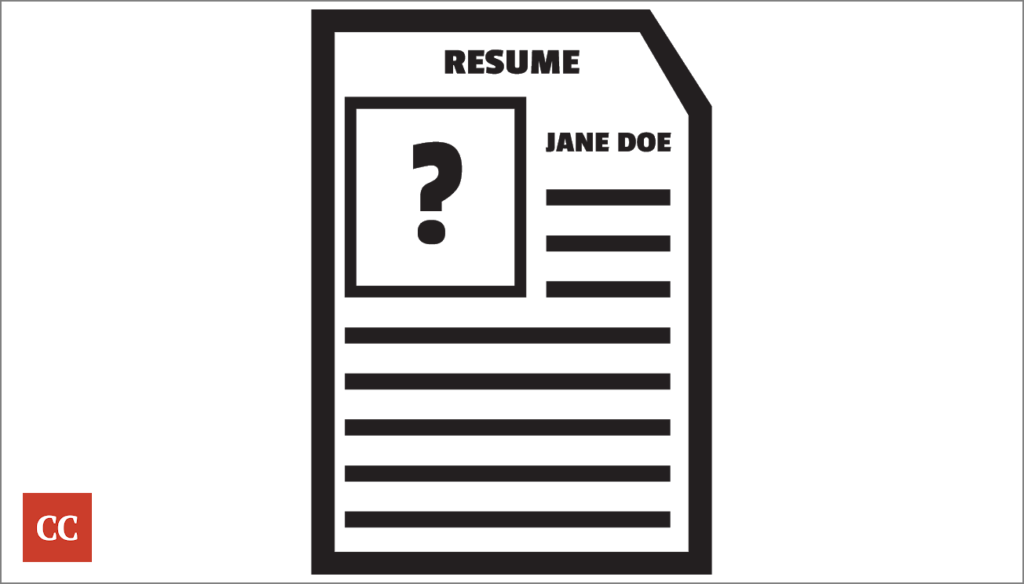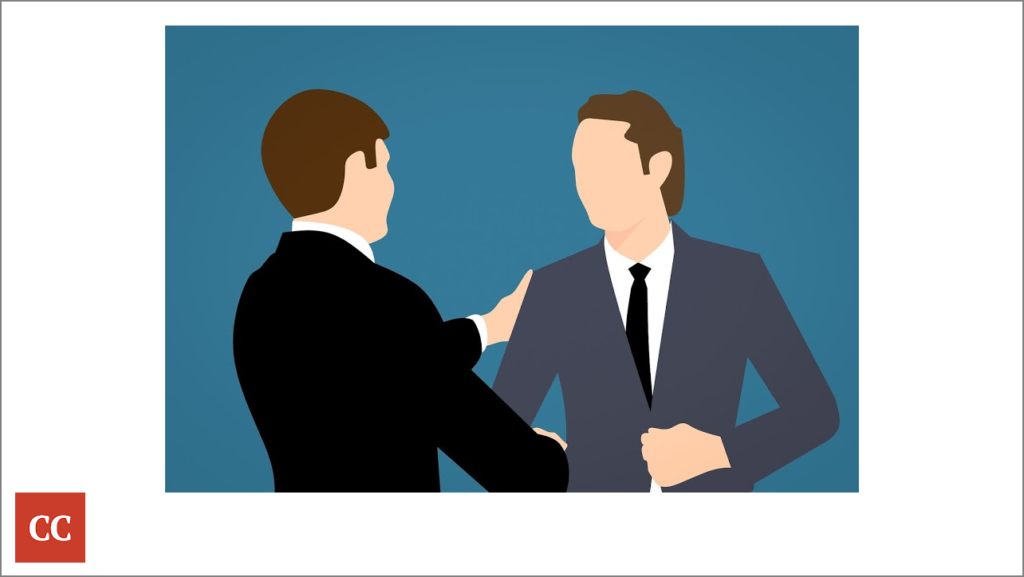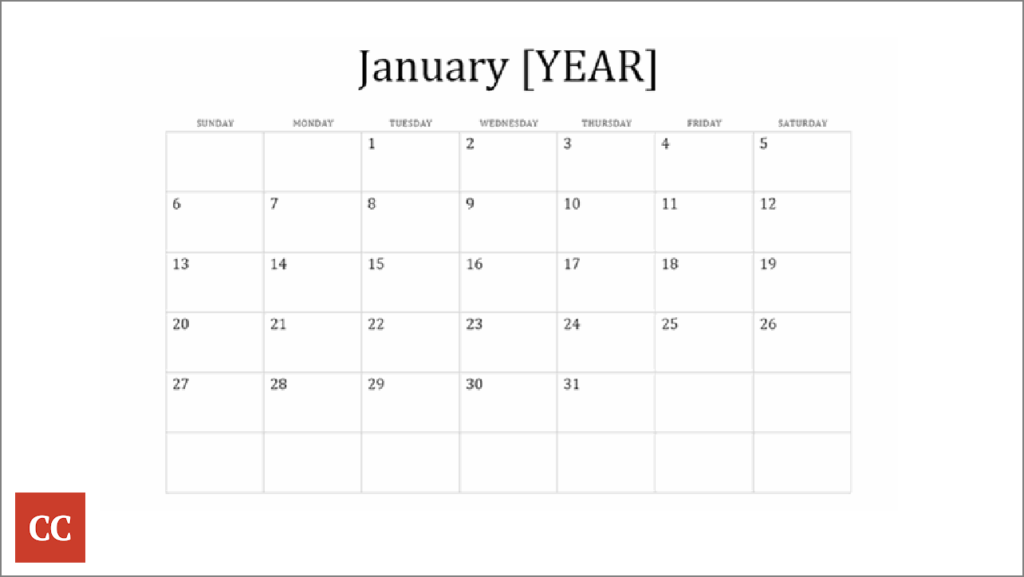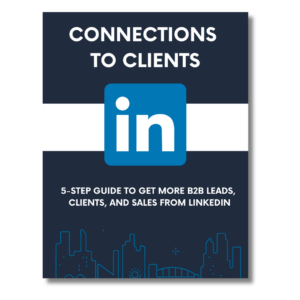How to Turn Linkedin Connections into Clients
You’re on LinkedIn. You have some connections...and that’s about as far as it goes.
Or maybe you’ve secured clients through LinkedIn before, but it felt complicated, and you aren’t sure you could repeat whatever it is you did to get them.
You are left with the question: How do I *consistently* convert my LinkedIn connections into clients? The most efficient process requires you to identify a short list of profitable people, have intentional conversations, and close sales when appropriate.
This is a simple, manageable workflow you can do in 30 minutes per day. Today's article explains the process.
$7 LinkedIn Strategy Guide
Get more leads from LinkedIn, simple and easy. Use this guide to get more leads and sales opportunities from your network. - click here
How Do I Find High Paying Clients on Linkedin?
Let me give you the process right now:
- Identify 100 high-value people.
- Contact those people.
- Have conversations.
- Close sales when appropriate.
- Start over.
If you're looking for an answer, there it is. But let's break it down into steps so you can see that it's not only profitable, but also repeatable.
Let's start with this: Why do we even talk about LinkedIn, anyway? Why are we focused on the LinkedIn platform? Because LinkedIn is designed to facilitate conversations, as proven by their own mission statement.
The mission of LinkedIn is simple: Connect the world's professionals to make them more productive and successful. They're trying to connect professionals, so there are a lot of things LinkedIn does to facilitate that process. Today we're going to focus on the essentials, but it's a good platform to be on.
How to Find Prospects on LinkedIn
Step 1: Identify 100 High-Value People

What is the profile of your best LinkedIn connection?
Let's start by identifying 100 high-value people. Big thing here: do you have a profile of a high-value person? Do you even know what that means? You need your own “wanted poster,” your own clear picture of what a high-value person looks like. That may be a potential client, it may be a potential partner, it might be a potential employee, but there are people that you need inside your business that will take you to the next level. You need your own clarity about that.
Here's why that's important: you want to start making a list of those people, so you need to know who goes on the list. We're going to make this list—you're going to make this list of 100 names.
Start With What you Have
Start with the names you already have. No excuses—”but he doesn't fit, she doesn't fit”—that's fine. Put imperfect names on this list. You just want to begin with a hundred useful names.
You'll use LinkedIn Sales Navigator to supplement. If you've never used that tool before, Sales Navigator—this is on the Premium version of LinkedIn—offers you a variety of search criteria. You can search the entire LinkedIn platform, the entire LinkedIn network, through this criteria. You can find just about anybody you want on the platform using this tool.
So you take your wanted poster, you apply it to this search criteria, and you will get the targeted names that you're after. Now you have 100 names.
Step 2: Refine Your Own LinkedIn Profile

Uploading your resume is not enough...
Now it's important to make sure that the profile you have resonates with this specific category of people.
It’s Not About What You’ve Done ...
Here's another classic mistake that we make, and we make it honestly: we turn our resumes into a LinkedIn profile. We list off all of our accomplishments, and we shove them into LinkedIn. Now this is not your fault, because LinkedIn actually wants us to do that; this is what LinkedIn asks us to do. The reason LinkedIn promotes this is because it's the easiest place to start. It gets something into LinkedIn. So yes, as a starting place, that's fine.
But once you get that content up there, you want to begin to immediately refine it. Now another pragmatic warning: be careful of modeling your profile after people you respect—famous people you may find on the platform.
Here's Shaquille O'Neal's profile. But if you scroll his profile, it's really just a list of things that he's done. So this is him describing who he is, right? And then it's just, "Hey, I do this today. I do that. I do this. I do that." Is any of this untrue? No. It's all true. The problem is that it's just a resume. It's a list of what he's done.
If you know Seth Godin, who's really popular in marketing circles, Seth Godin has done the same thing. This is who he is, and then this is just things that he's done. "I've done this, I've done that. I've done this, I've done that."
What you might think you should do is model your LinkedIn profile after these famous people. The problem is that we mere mortals can't play by these rules. People don't just know us. You already know who Shaquille O'Neal is. You already know who Seth Godin is. They can break the rules because they're famous.
… It’s About the Value You Bring
We need to be much more precise and direct with our LinkedIn profile. Tell people the value you offer to them. As you talk about your experiences in the past, reflect them as value that you've offered to other people. "I've done these things. I've accomplished these goals. I've worked with these kinds of people." Value to the reader.
Step 3: Contact Your 100 High-Value People
So you've done that—you have refined the profile. Now it's time to connect with people. And where there could be a lot of complexity in this process, this is something you can do right now. You can do a better job of connecting with people.

Be "human" to connect with other "humans"...
“Two Points of Relevance”
I offer you the framework of “two points of relevance.” Here's exactly what I mean: When you reach out to someone, you want to identify two things you have in common.
This is a really simple and elegant way of making a connection. You're not trying to sell anything here; you're not trying to embellish anything or speak in hyperbole. You're just trying to make a human connection.
Here's what that may look like in practicality:
“Hello Bill. I found you on LinkedIn today. It appears we have some mutual connections and work in e-commerce. Would you be open to connecting?"
Happy to meet you.
John Brown
I help e-commerce sites improve site speed.
That’s a simple application of the framework. Notice I've changed some of the words, changed the style a bit, and changed some of the flow just a bit. But it's a simple application of the framework.
Make a Connection, Stay Human
If you like you can be even more specific. Here's another example:
“Hiya Joanne. I just discovered your profile. I noticed we are both baseball fans who went to the University of Michigan. Go Blue! Would you be open to connecting?"
It's a pleasure,
Susan Smith
I help retail chains design custom software.
So now we're taking that same framework and we're getting even more precise. Because the truth is, the more precise you are with the connection request, the more likely that someone's going to accept it.
What are we doing here? You found their profile on LinkedIn. They may not know who you are, but you found them on LinkedIn. But you noticed that both of you are baseball fans—you have that in common. And both of you went to the University of Michigan. If you've ever gone to Michigan, or you know the Michigan culture, they are the blue Wolverines. And one of their common welcoming phrases is, “Go Blue!” So if you both went to Michigan, that's what you would say to each other. “Go Blue! Would you be open to connecting? It's a pleasure.”
This sounds like two professionals interacting. It sounds like one professional reaching out to another. It's really important when you do your initial outreach, when you send your connection requests, that you meet this standard: Stay human.
If you don't make any other changes to your LinkedIn strategy, I highly recommend this change: change the language you use in your connection request. Not only will it help you connect to higher value people, but you'll connect much faster—and isn't that what you want?
How to Turn Your LinkedIn Prospects Into Potential Clients
Let's continue. You’ve sent the connection request, it's been accepted, and now you need some form of follow-up sequence.
Step 4: Offer Insightful Conversation
There’s a variety of things you can do here. You can:

There are many ways of offering small gifts to your LinkedIn connections
- send a message inside the LinkedIn platform
- send an email
- send a content piece
- make a personal video and send it
- call people
There’s a variety of things you can do here, but there's one thing you have to do: you have to send something. If you've just established a new connection, that's like shaking hands.
Now what would you do if you were meeting someone in person and you shook their hand? You'd follow up with some conversation, right? So offer some conversation. Now here's an important criteria for that conversation: this conversation needs to be insightful.
"Hey, thanks for connecting," is not insightful. "Hey, buy my services," is not insightful. "Hey, do you want to talk sometime?" is not insightful. You need to offer someone some level of insight. Be as helpful as you can, as early as you can, in the relationship.
Because you and I both know that what you want in this next step is a conversation. At some point in this chain you want to talk to them, and you want to see if you can help them. And so we're trying to make this conversation less intimidating for the other person. We're trying to make it safe for the other person to opt into.
Insight Equals Value
So as you think about having this conversation, bring value to them. As you're getting on the phone, as you're preparing to interact, bring value to them. Bring a level of insight, bring the lessons you've learned, bring a tool that might be helpful to them, or a case study that would reflect their situation. But whatever you have, make sure that when you are preparing to converse, you know you're going to give some value to them.
(And "Will you buy my services?" or "Do you have interest in my services?" is not an offer of insight. It's a sales pitch.)
In this conversation, you will eventually ask how you can help. You've offered some insight, you'll get some context around that. You've had a conversation; now you just ask if you can help. So you'll listen to whatever it is that they've offered you.
With, Not Against
In fact, let me go ahead and make that clear to you. When you're having this conversation, oftentimes the framework is you versus them. Right? And it's this battle you have to have: you want to make a sale, they want to avoid being sold to, and you're fighting.
What I want to recommend is that you frame this conversation in such a way that the two of you are working together. There's a goal that is trying to be accomplished, and the two of you are trying to accomplish that goal together. The earlier you understand what this goal is, the faster you can help them move toward it.
It's much easier if you think about these conversations in this way. And you get here by trying to be as insightful as you can, as early as you can, in your interactions.
Step 5: Follow Up on Your Promises
That's how this conversation unfolds, and you'll make a promise to follow up. Whatever the appropriate follow-up is, you're going to do it. It's important that you document for yourself whatever you have promised in this follow-up, and you have to keep this promise.

Good follow-up feels like a friendly reunion
This is another place where things break down: we have good interaction up front, but we don't do the appropriate follow-up. I'm going to help you with that follow-up right now.
A Practical, Repeatable Process
Once you've had this interaction, start over. You work this whole process over again. So you're going back to your list, and you're working the process again. You connect with the next name in the chain. You connect with the next name in the chain. You connect with the next name in the chain.
If a name doesn't fit—if for some reason it’s the wrong person, the wrong type of clientele, you had a bad conversation or whatever reason—you just take that name out. If necessary you can go back to LinkedIn sales navigator, do another search, find a new person, and put that person's name in the list. You're back to 100, and away you go.
Putting the Process Into Practice
Now, I want to make sure that what I'm describing to you is palatable as possible. I want to help you see and visualize how scalable this can be for you.
So assume that it's any year, doesn't it matter when it is. You're going to reach out to five people each day. So you've got a list of 100 names, you’ve got five people that you're going to touch every weekday. If you follow the math here, you're going to talk to a hundred people every month.

A simple, daily workflow. Connect with 100 profitable people EVERY month.
Here's what I mean: Let's assume today is January 1. You reach out to five new people each work day.
You reach out to the first five on January 1st
You reach out to the second five on January 2nd
You reach out to the third five on on January 3rd
Keep going...20, 25, 30, 35, 40, 45, 50, 55, 60, 65, 70, 75, 80, 85, 90, 95, 100.
By January 28th, you have touched all 100 people.
What about January 29, 30, and 31? You can take those days off.
In February, you start at the top of the list and do it all over again.
You may be thinking: How is that palatable? How is that useful? Aren't I spamming people?
No, because every time you touch them your interaction will be insightful.
You've prepared some insight for them—some sort of insight, some lesson, some tool, some case study. So every time you touch them, they're going to get used to hearing your voice, seeing your face, seeing your content, and it's going to be useful to them. Every single time.
Now, full pragmatism here: this is not some sort of hack or platform exploit where you can start it today and make a million dollars tomorrow. We're selling five and six-figure consulting deals. It takes a level of relationship to sell these kinds of services.
We're talking about a repeatable process that allows you to maintain your professionalism while only speaking to high-value prospects. You get to avoid the automations and the exploit hacks that would otherwise get you and your account in trouble.
So you have a process here. Follow it, and see what happens. You may be surprised at how many relationships you build, how many leads you get, and how many clients you acquire!


This is a nice article, man!
I love the way you broke down the process…will definitely try it out.